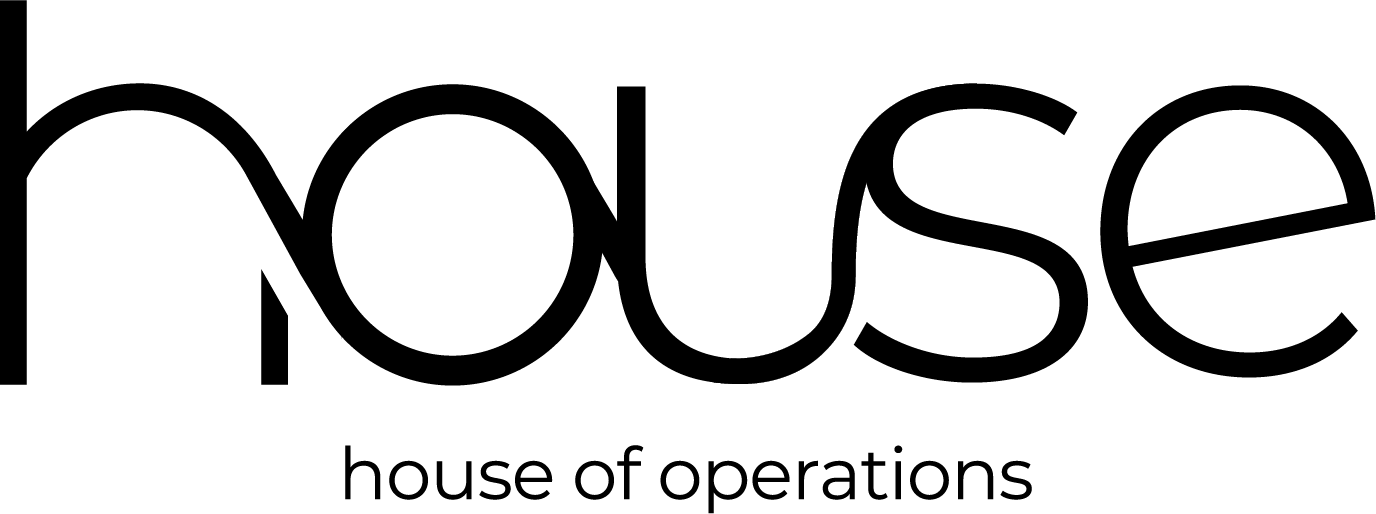Enhancing Revenue Operations Efficiency with HubSpot and Salesforce Integration
In an age where digital transformation is paramount, optimising revenue operations efficiency is vital for tech companies to thrive and stay ahead of the competition. As your tech company grows, streamlining and automating processes become crucial factors in ensuring sustainable growth and maximising profitability. One effective approach to achieve this is by integrating powerful CRM tools like HubSpot and Salesforce, which not only facilitate seamless communication and collaboration throughout the organisation but also provide extensive data-driven insights to elevate your strategic decision-making.
In this article, we will explore the tremendous benefits that HubSpot and Salesforce integration can bring to your tech company's revenue operations efficiency. We will discuss the varied facets of these two prevalent CRM tools, highlighting how a consolidated approach can significantly impact various aspects of your business – from lead management to customer success. Additionally, we will present practical steps to integrate both platforms successfully while addressing potential challenges that may be faced in the process.
Key Features of HubSpot and Salesforce CRM Platforms
To truly appreciate the impact of integrating HubSpot and Salesforce, let's first examine the standout features of these leading CRM platforms:
A. HubSpot CRM:
1. Contact and company management: Centralise contacts, segment audiences, and manage company information in one accessible location.
2. Lead nurturing and tracking: Optimise your lead nurturing efforts with end-to-end tracking of website activity, email interactions and more.
3. Customisable reporting: Access in-depth reporting and dashboards, providing essential metrics for informed data-driven decision-making.
B. Salesforce CRM:
1. Flexible customisation: Tailor your CRM platform to meet your tech company's unique needs with a comprehensive range of customisation options.
2. AI-powered forecasting: Leverage Salesforce's Einstein AI to generate accurate sales forecasts and actionable data insights.
3. Sales automation: Streamline your sales process with extensive automation capabilities, eliminating manual tasks and facilitating seamless workflow.
Integration Benefits for Revenue Operations Efficiency
By integrating HubSpot and Salesforce CRM platforms, your tech company can unlock several key benefits that enhance revenue operations efficiency:
A. Improved Data Consistency:
1. Streamlined data management: Eliminate data discrepancies by automatically synchronising leads, contacts, and accounts across both platforms.
2. Real-time updates: Access up-to-date, unified customer information presented consistently across your sales and marketing teams.
B. Enhanced Collaboration:
1. Better alignments: Foster a collaborative environment among sales, marketing, and customer success teams by harmonising workflows across departments.
2. Easy access to insights: Facilitate data-driven decision-making with readily accessible, unified insights and reports for all relevant teams.
C. Robust Automation and Streamlined Workflow:
1. Time savings: Simplify manual tasks and reduce time spent on data entry by automating data transfers between the two platforms.
2. Smoother transitions: Seamlessly move prospects through the funnel, automating marketing-to-sales handoffs for an uninterrupted customer journey.
Practical Steps to Successful HubSpot and Salesforce Integration
Achieving a successful HubSpot and Salesforce integration requires careful planning, execution, and monitoring. Follow these actionable steps to ensure a smooth integration process:
A. Define Your Integration Goals:
1. Establish objectives: Identify the specific needs and goals that your tech company seeks to address through the CRM integration.
2. Prioritise processes: Determine the most crucial processes and workflows to be prioritised in the integration, such as lead management, marketing automation, and customer success.
B. Align Your Teams:
1. Cross-functional collaboration: Engage representatives from relevant departments to create a shared understanding of the integration's goals and expectations.
2. Educate teams: Ensure all team members are well-versed in the features and functions of both CRM platforms, facilitating collaboration and efficient use of resources.
C. Map Out Data Fields and Workflows:
1. Standardise data: Establish uniform data formats and definitions across both platforms to ensure seamless data communication.
2. Identify workflows: Determine which workflows will be handled by each platform and outline the required data flow between HubSpot and Salesforce.
D. Leverage Integration Tools and Services:
1. Utilise native integration: HubSpot offers built-in integration with Salesforce, which can streamline the integration process for many use cases.
2. Explore third-party options: Consider leveraging third-party integration tools or enlisting the help of expert integration services to develop customised, sophisticated integration solutions.
E. Monitor and Fine-tune:
1. Performance tracking: Regularly monitor the integration's effectiveness in meeting your tech company's goals and investigate any discrepancies.
2. Iterate: Continuously refine and adjust your integration strategy to optimise revenue operations efficiency, adapting to changing business needs.
Addressing Integration Challenges
Several potential challenges may arise during the integration process. Keep these considerations in mind to prevent or mitigate issues:
A. Data Duplication:
1. Data field audit: Examine existing data entries in both platforms, identifying and merging duplicates to avoid data duplication and inconsistency.
2. Preventive measures: Establish stringent data entry procedures and implement appropriate automation workflows to prevent duplicates from forming in the future.
B. Compatibility Issues:
1. Customisation limitations: Be aware that some customisation options may not directly translate between platforms, and seek alternative solutions where needed.
2. Third-party tool compatibility: Verify that all third-party tools utilised within your CRM platforms are compatible with the integration process.
Conclusion
The integration of HubSpot and Salesforce CRM platforms provides a powerful means for tech companies to enhance revenue operations efficiency, streamline processes, and empower teams with collaborative tools and data-driven insights. By successfully combining these two market-leading platforms, your tech company can unlock exceptional growth, scalability, and success.
Embrace the potential of HubSpot and Salesforce integration and elevate your tech company's revenue operations with the expertise and guidance of house of operations. Achieve optimal operational efficiency and drive your business forward – today.
